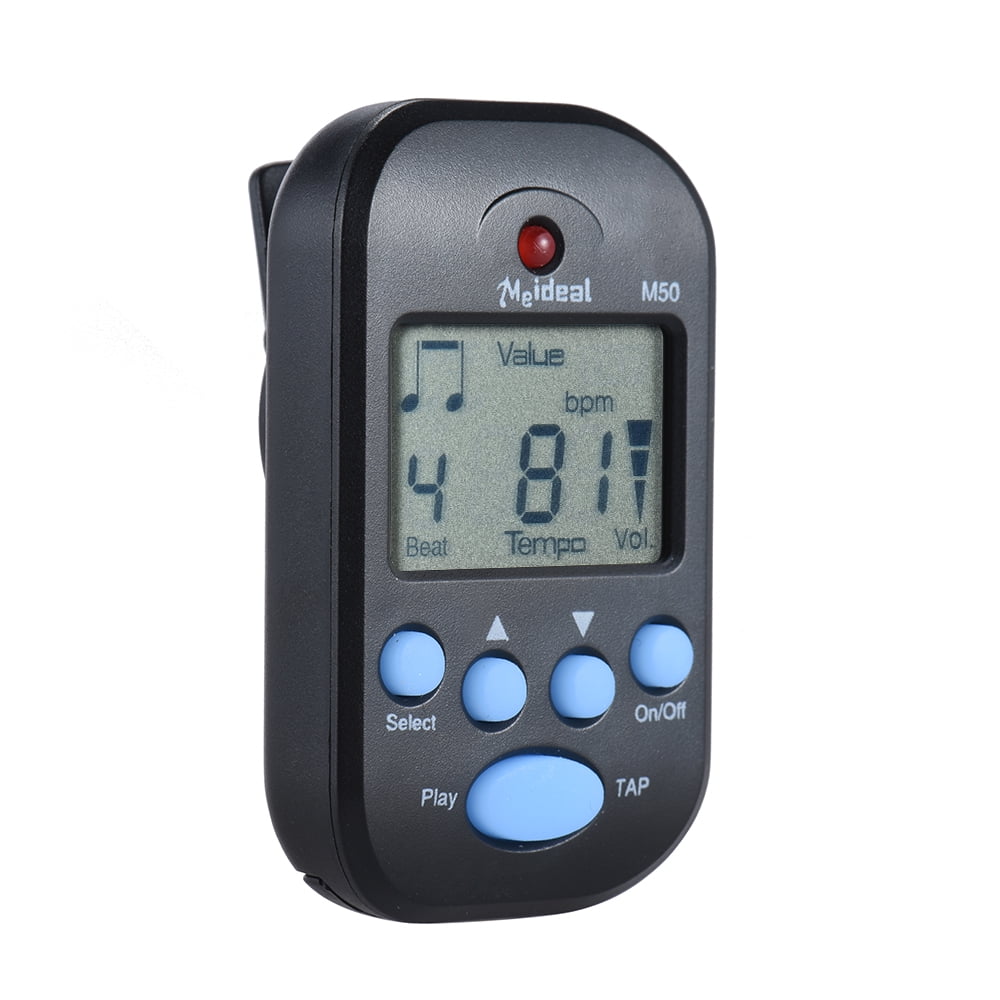
Basically, it shows a moment in a film using this format: HH:MM:SS:FF (Hours:Minutes:Seconds:Frames). This is called timecode, and it follows globally-accepted standards set by SMPTE. As a film composer, you should be familiar with the way in which time is usually displayed for video and film. Using BPMs in multiples of 60, we can find easily divisible tempi:Įxpanding this to half beats (eighth notes in a measure) we get:īut let’s not talk too in-depth about it. Therefore, if you wrote music at 180 BPM (a rather fast cue), then there would be exactly three beats per second of screen time. We can think of tempo in beats per second instead of beats per minute by dividing by 60. What is more useful is to match the time units between BPM and FPS. At 24 FPS, one frame lasts 41.667 milliseconds… not immediately useful. Now that we know how many frames per second the film will play (let’s assume for this example it’s the standard 24 FPS), we can can do some math to find out exactly what that equates to in seconds. You should, however ask the editor what frame rate or timebase they are editing in, so you can set your perfect tempo accordingly.įor more weird filmmaking jargon, check out this article. These are for a variety of technical reasons that you don’t need to know. Broadcast television in the USA and Japan is usually 29.97 FPS, other countries prefer 25 FPS, and some projects may use 23.98 FPS. The most common speed for a theatrical film to be shot and delivered is 24 FPS.

If you’ve ever seen a roll of motion picture film, each picture on the strip is shown for a fraction of a second through a projector. In traditional filmmaking processes, one second of a film is broken up into many discrete frames that play back in rapid succession, thus creating the illusion of movement. What it comes down to is this: how do you convert BPM (beats per minute) to FPS (frames per second) – and why does it matter?įPS is the speed measurement for motion picture playback. This amount of precision makes finding the perfect tempo easier.

Therefore, your cue composed at 128 BPM will be played at the exact same speed on your laptop as the studio’s workstation. Especially within the environment of a DAW, the speed of a piece of music is computer controlled, and extremely accurate. In the digital age, though, we are much more precise. If his metronome was mis-calibrated, could he have published his pieces with too-fast tempo indications? In fact, there’s some controversy surrounding Beethoven’s own tempo markings. The mechanical metronomes of the classical composers were notoriously imprecise, even between similar devices. In fact, many metronomes depict a range of BPM (beats per minute) on their settings rather than one precise number. There’s a certain liberty that can be taken by the performer or conductor. Traditionally, tempo is marked at the top of your sheet music with some suggestive Italian word or phrase. (note: As an Amazon Associate I earn from qualifying purchases.)


Read on to see what factors make one tempo better than another for a film score. But, while there may not be one perfect tempo, there are a handful that work better than others. Is there a perfect tempo for a film score? Shouldn’t it be driven by the mood of the particular moment, or the style of the music? Does it even have to be constant?Īt first blush, determining the perfect tempo may not seem that important when it comes to film composing.


 0 kommentar(er)
0 kommentar(er)
